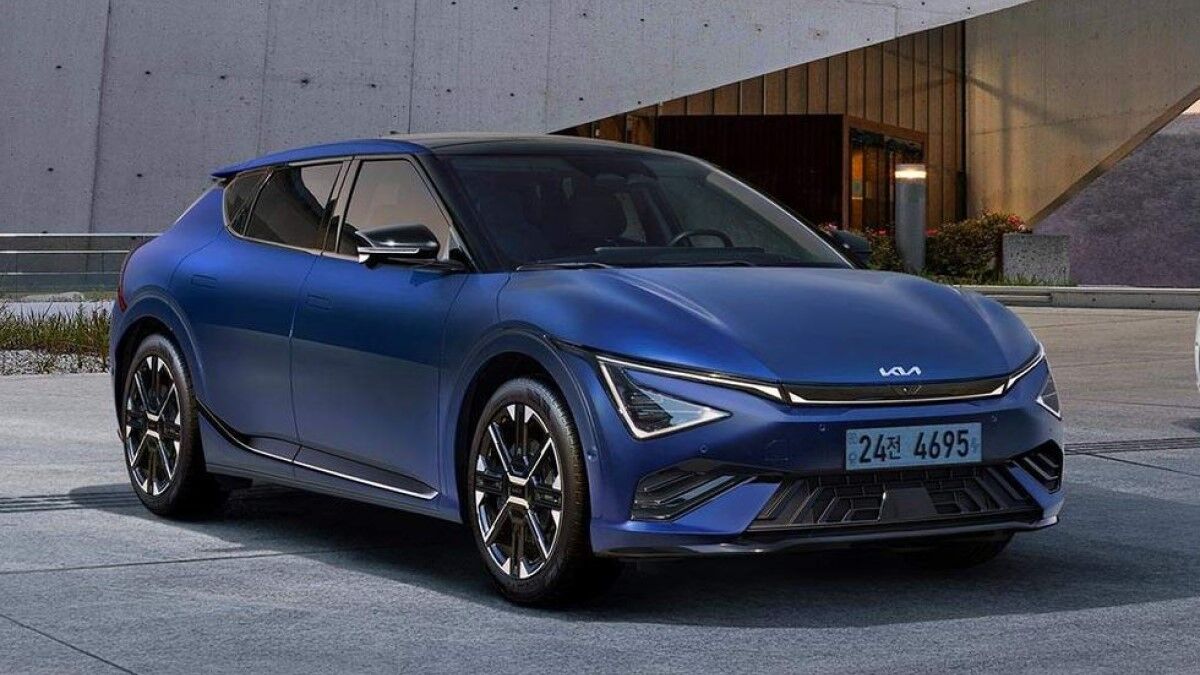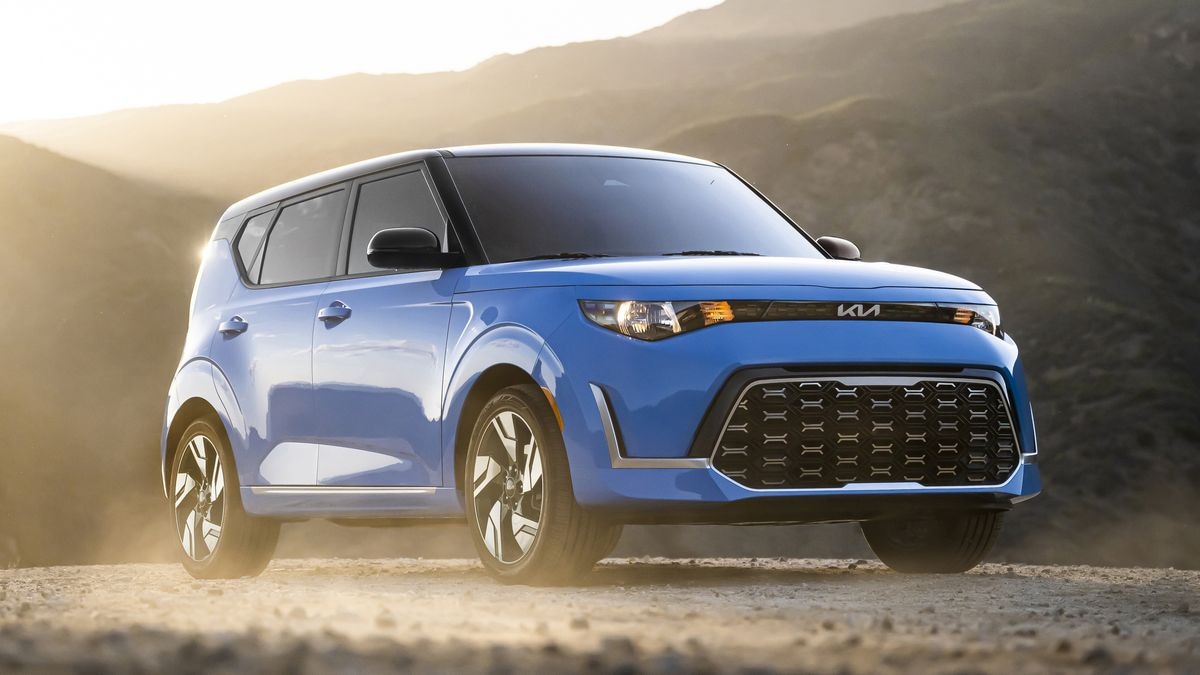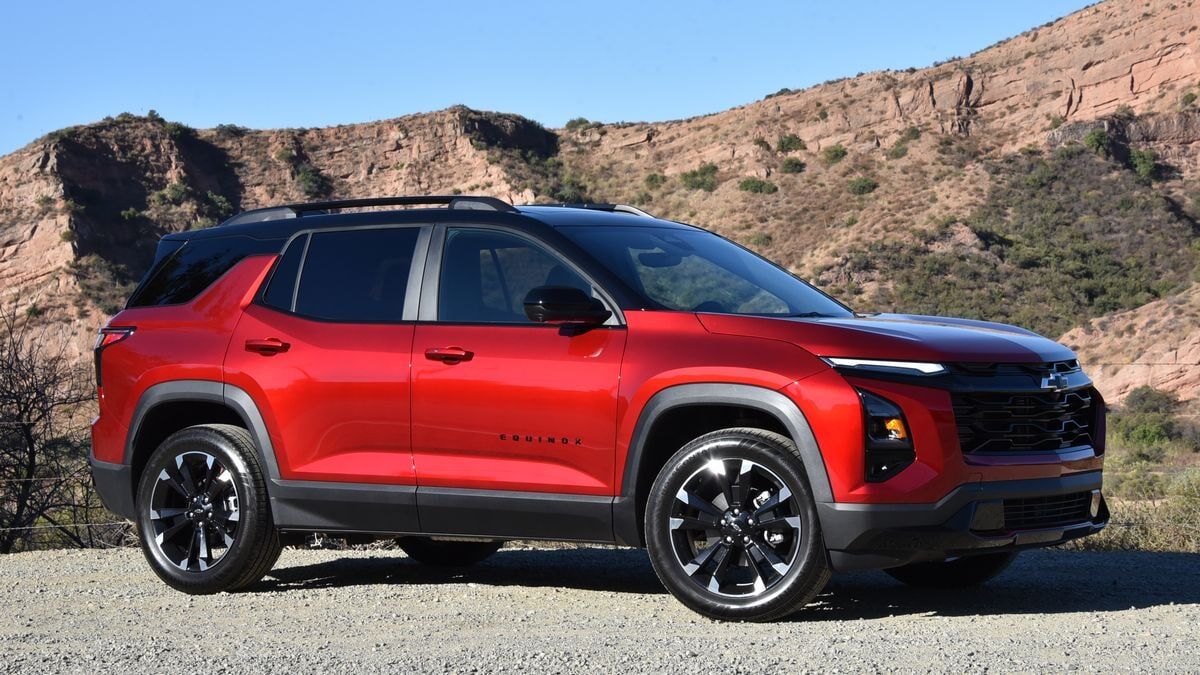Coming on the heels of an announcement at the end of August that it is collaborating with Ford on hybrid technology and telematics, Toyota announced today that it is beginning 10 new safety projects with several renowned research institutions. Collaboration is a bit of a foreign term in the automotive world — where proprietary technologies, lawyers and secret research projects are the norm — but Toyota wants to change that. Granted, the establishment of a Chief Safety Technology Officer (Moritaka Yoshida) was strongly suggested by the Slater Panel after Toyota’s run of safety recalls in 2009 and 2010, but it was Toyota that decided to open up its safety research to the entire world so that everyone, including competitors, can benefit from their potentially life-saving studies.
At the Detroit Auto Show (NAIAS) in January 2011, Toyota announced it would dedicate $50 million over 5 years to collaborative safety projects — and is now putting its money where its mouth is. In addition to continuing collaborations with the Virginia Tech Transportation Institute (VTTI), the University of Michigan Transportation Research Institute (UMTRI) and the Children’s Hospital of Philadelphia (CHOP), Toyota is now working closely with MIT, Indiana University, Purdue University, Virginia Polytechnic Institute, Wake Forest School of Medicine, Washtenaw Area Transportation Study, and Wayne State University. All of these organizations have a history of working on safety research, from CHOP’s involvement in exposing the risks of front airbags to children in child seats — and the resulting focus on the void of child-related accident data — to analysis by UMTRI on four-point vehicle restraints.
Some of the overarching ideas that Toyota is focusing on with its new safety research projects:
1. Vulnerable populations in a crash (seniors and children)
2. Driver distraction
3. Safety technology testing and standardization across the industry
Seniors and Children at Risk
Currently there is little data available on what injuries are sustained by children in auto accidents. Working closely with the Children’s Hospital of Philadelphia, Toyota plans on establishing a national database of vehicle accident information pertaining to children and the injuries that are sustained. This information will help vehicle manufacturers build safer vehicles for children and make it easier to more quickly identify and address troubling trends (like front airbags vs. child seats) in order to save lives.
In addition to its work with CHOPs, Toyota is working with Wayne State University to develop new computer models to study the effects of crashes on children and seniors. Toyota’s Total Human Model for Safety (THUMS) looks further than the standard crash test dummy at the effects of an accident on bones, ligaments, muscles, organs and the brain through computer simulation. With Wayne State, Toyota will add a 10-year-old child and an 80-year-old senior female to their virtual crash testing regime in order to make vehicles safer for both young and old.
Toyota is also examining age and a person’s useful field of view. With Virginia Tech Transportation Institute (VTTI), research will be done to see if senior brains can be exercised to increase their useful field of view, which is commonly thought to decrease with age. If simulations can help expand the useful field of view, then the number of senior-related crashes could be reduced.
VTTI is also working on driving studies in which they will record teens while they are learning to drive with their permit — through their first six months with a license — providing feedback to the teens and their parents when risky behavior is exhibited. For part of the study the feedback will be turned off in order to see if teens will exhibit different driving behavior.
Driver Distraction
While many would like to blame teen drivers for most of the problems on the road — inexperience and distractions don’t mix well — we all get distracted behind the wheel at some point. Toyota is collaborating with Wayne State University to investigate how much distraction is too much in a "cognitive model and validation" study. In addition, Toyota and MIT will work together on analyzing the impact of voice command systems and vehicle interface design on driver performance.
Standards for Testing and Data Collection
Most of the studies described above will likely result in some technology or change to the status quo that will make vehicles safer. But currently there is little out there in the way of standardized testing of new safety technologies. Toyota would like to change that and is working with several groups to create a set procedure for analyzing the effectiveness of the latest-and-greatest safety gizmos. With Indiana University/Purdue, Toyota is working to develop a standard test procedure for pedestrian pre-collision systems, while also collaborating with the University of Michigan on other pre-collision systems (like brake-assist). Virginia Polytechnic Institute is also assisting Toyota in developing computer simulations of lane departure warning systems to evaluate their effectiveness and develop standard test procedures.
Consistency is also needed for data collected from accident scenes, as is the ability to make this information widely available so that vehicle manufacturers and other important entities (like the government) can use the data to make vehicles safer. In conjunction with the Wake Forest School of Medicine, Toyota is combining crash data with virtual crash-dummy modeling to understand how to reduce crash-related injuries. Toyota is also working with the Washtenaw Area Transportation Study to develop new models for data collection after a traffic accident, and to use that information to make decisions on future safety advancements.
Lastly, Toyota is working with the Wake Forest School of Medicine to develop a telematics system that will notify first responders in the event of a crash and predict the likelihood and severity of injuries. Currently, proprietary telematics systems like GM’s OnStar limit data sharing. Toyota hopes to blow this out of the water by not only making this information available to the entire automotive industry but by using the data to develop advanced algorithms (some based on accident data systems in the works with other collaborators). With these algorithms it could be possible to presume the type and severity of injury caused by a certain type of crash, and alert first responders and EMTs so that appropriate action is taken. For example, in a T-bone collision at 60 mph, critical injuries are likely and the goal of Toyota’s system would be to have first responders and the appropriate treatment center prepared to more quickly deliver the necessary care.
The Takeaway
Overall it seems Toyota’s promise to fund safety research is on the right track. While the establishment of the program at the Collaborative Safety Research Center was based on the unfortunate safety recalls of 2009 and 2010, the effort to make valuable — and costly — safety information available to everyone is a noble effort. With so many patents, and lawyers, and proprietary information preventing an industry-wide gold standard for safety technology in the automotive world, it is refreshing to see a major manufacturer knocking down barriers to share data that could eventually save thousands of lives.







